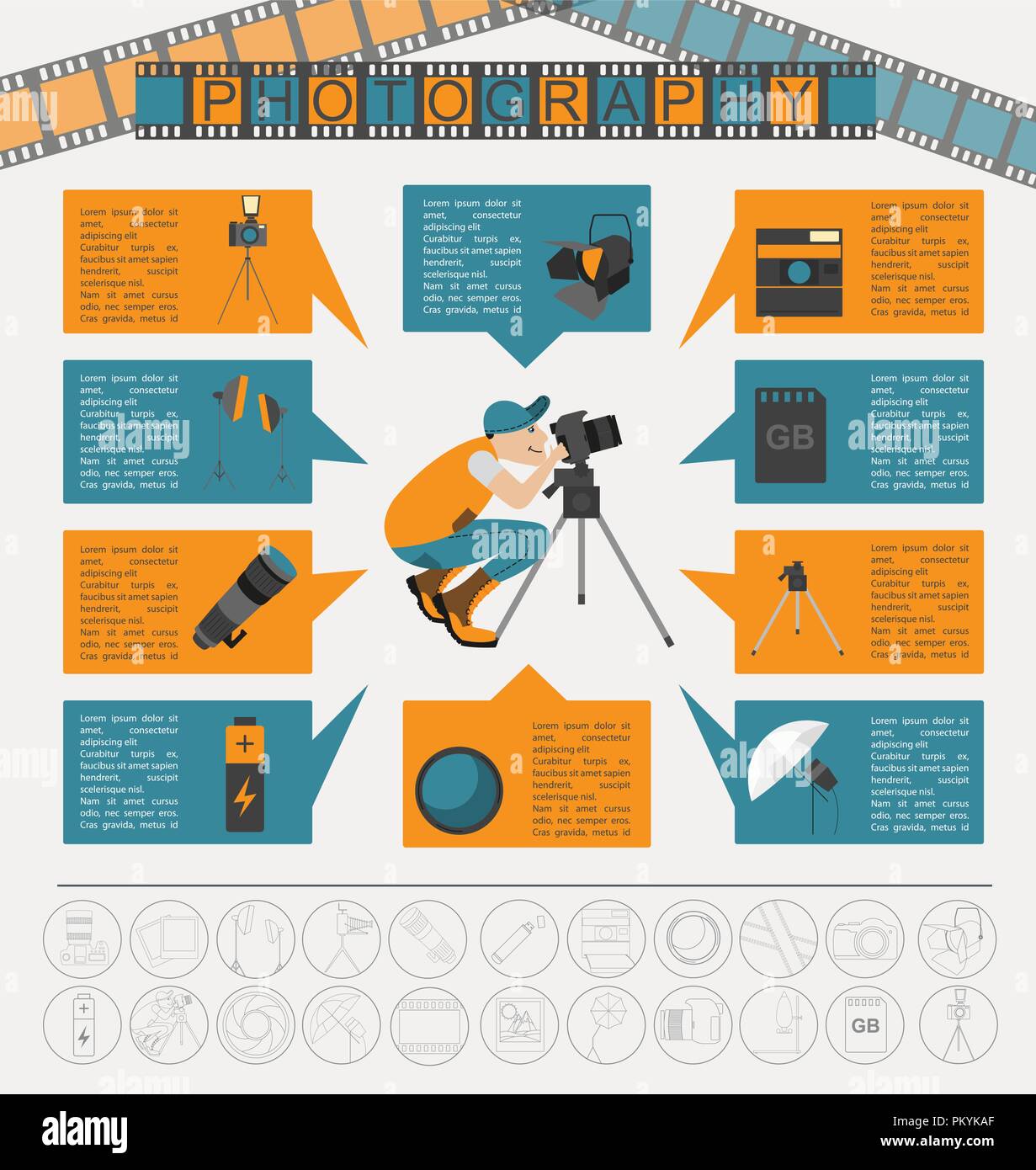Transform Your Digital Photography By Mastering Lighting Methods That Can Elevate Your Pictures-- Discover The Typical Pitfalls That Could Be Holding You Back
Transform Your Digital Photography By Mastering Lighting Methods That Can Elevate Your Pictures-- Discover The Typical Pitfalls That Could Be Holding You Back
Blog Article
Authored By-Greenwood Isaksen
As a digital photographer, you know that lights can make or break your pictures. Understanding the nuances of both natural and artificial light is important for catching the mood and clearness you go for in your job. Whether you're chasing after the ideal golden hour glow or tweak your man-made setups, grasping these aspects can elevate your photography dramatically. However there prevail pitfalls that lots of forget, and recognizing them can change your approach to every shoot. Allow's discover what you could be missing and just how it can affect your results.
Understanding Natural Light
Recognizing all-natural light is important for any kind of professional photographer looking to enhance their work. photographer for professional headshots 's the structure of wonderful photography, influencing state of mind, tone, and clearness. When you fire outdoors, focus on the moment of day. https://postheaven.net/raven1trenton/easy-ways-to-improve-your-picture-photography -- shortly after daybreak and before sunset-- offers soft, cozy light that can change ordinary scenes right into spectacular pictures.
Don't underestimate the power of cloudy days. Cloud cover diffuses sunshine, developing a soft, even light that's best for portraits and macro photography. You'll find colors pop in this sort of lighting without harsh shadows.
Placing matters, too. Constantly consider your topic's positioning to the light. If the sunlight's behind your subject, you might end up with a silhouette, which can be dramatic however mightn't be what you desire. Alternatively, direct sunshine can create uncomplimentary shadows.
Explore angles; occasionally, changing your viewpoint can produce fantastic results. Usage natural reflectors, like water or sand, to bounce light onto your subject, including dimension.
Mastering Artificial Light
Grasping artificial light is essential for digital photographers who wish to take their skills to the following degree. Whether you're using speedlights, studio strobes, or continuous lights, recognizing how to adjust these sources can significantly boost your photos.
Start by acquainting on your own with the fundamentals of light high quality, instructions, and shade temperature. Try out different modifiers like softboxes, umbrellas, or grids to regulate the softness or violence of the light.
You'll discover that soft light frequently creates flattering results, while harsher light can include drama and deepness. Do not shy away from shadows; they can improve the three-dimensionality of your subjects.
Pay attention to the placement of your lights. A light positioned as well near to your topic can create unflattering results, while as well away can bring about an absence of detail. Make https://telegra.ph/Discovering-The-World-Via-The-Lens-Travel-Photography-Fundamentals-01-08 of a light meter or your cam's histogram to guarantee you're revealing correctly.
Finally, remember that https://telegra.ph/Learn-To-Uncover-Your-Unique-Photo-Style-By-Checking-Out-Influences-And-Techniques-However-What-Unforeseen-Explorations-Await-Yo-01-08 can be mixed with ambient light for creative results. Balancing these sources may take technique, but once you master it, your digital photography will absolutely shine.
Methods for Various Scenarios
When you step into different shooting situations, adjusting your illumination techniques is crucial for recording the most effective images. For outside portraits, make use of the gold hour-- early morning or late afternoon light-- to soften shadows and enhance complexion.
If it's a rough noontime sunlight, think about making use of a reflector to bounce light back onto your subject or seek shaded locations for a much more even exposure.
In low-light scenarios, like indoor occasions, increase your ISO and make use of a broad aperture to let in more light. A tripod can help eliminate electronic camera shake, enabling longer direct exposures without obscuring.
If you're contending evening, try out off-camera flash to develop dynamic lighting and depth in your images.
For item photography, utilize diffused lighting to avoid severe reflections. Softboxes or light tents can help accomplish this impact.
When photographing landscapes, think about the direction of light and time of day, as it can drastically change the mood of your shot.
Always be ready to readjust your settings and positioning based upon the situation, as flexibility is vital to understanding lights in digital photography.
Conclusion
In conclusion, mastering illumination is essential to raising your photography skills. Embrace all-natural light's beauty during gold hour, and do not avoid explore fabricated light techniques. By adapting your strategy to different scenarios, you'll catch sensational images that reverberate with feeling and clarity. Bear in mind, the best lights can transform an average shot into something amazing, so keep practicing and fine-tuning your understanding of both natural and synthetic light. Delighted capturing!
